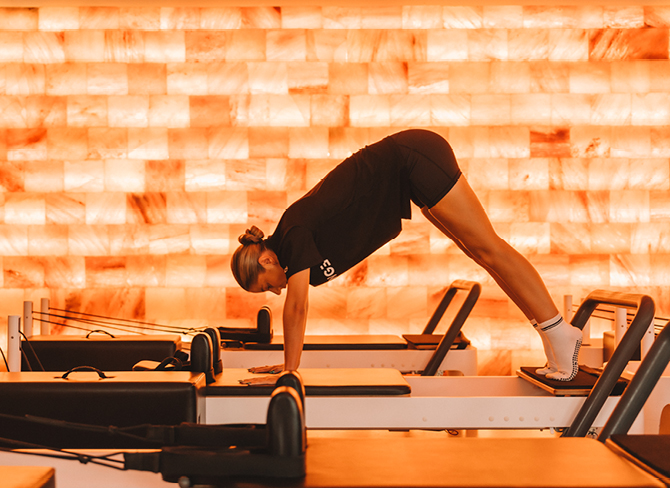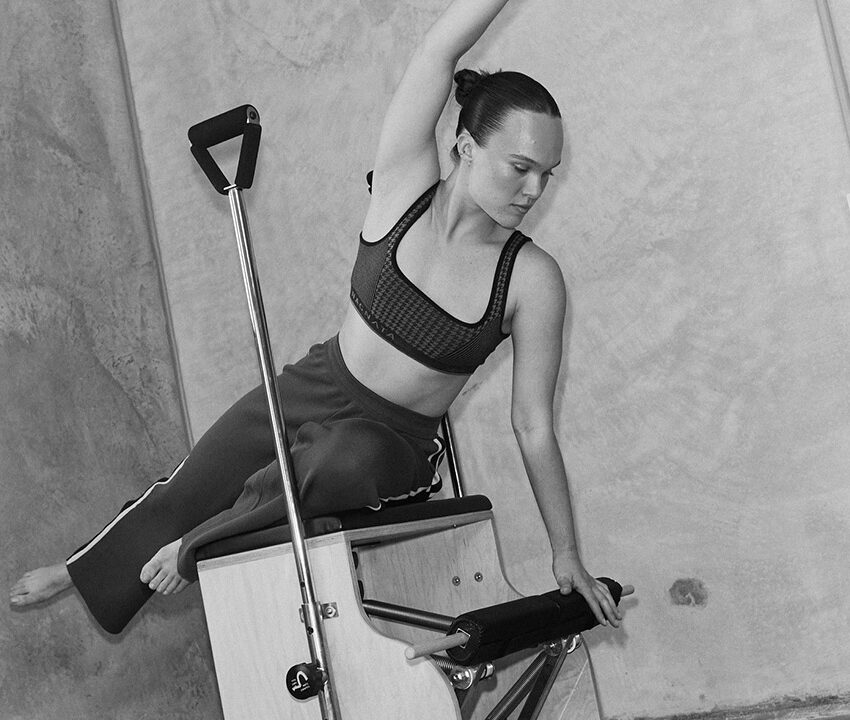
6 Tips To Help You Catch Z’s
Your blissful slumber awaits
By Dinushka Gunasekara | 6th August 2020If going to sleep has involved less beds of roses and more beds of thorns, we’re here to make your dreams come true. Sleep plays a crucial role in both your mental and physical health, which is why this Sleep Awareness Week from August 3-9, we want to send you to the land of nod. From soldier-approved methods to a simple breath, these six tips and tricks will have you (literally) fast asleep.
4-7-8 Breathing
A good sleep comes down to a formula when you use this tried and true method. Created by the world-renowned and Harvard-trained Dr Andrew Weil, this technique takes cues from meditation and yoga, and is as easy as breathing. All you have to do is tuck yourself into bed and rest the tip of your tongue against the roof of your mouth, behind your front teeth. As you complete the following steps, don’t move your tongue:
- Exhale completely through your mouth, making a whooshing sound.
- Close your mouth and inhale silently through your nose for four seconds.
- Hold your breath for seven seconds.
- Exhale with a whooshing sound for eight seconds.
- Repeat four times.
Trick Your Brain
You know how when you’re trying your best to stay awake for that midnight convo/late night study sesh/final episode of the binge, your sleep cycle has other ideas? That’s the exact mentality we’re enlisting for this tactic. This trick is called paradoxical intention and it works like reverse psychology – rather than aiming to sleep, concentrate on the opposite. Backed by psychologist Arash Emamzadeh, try your hardest to stay awake and then allow yourself to succumb to sleep when you feel it coming over you. By changing your goal, you remove the anxiety around falling asleep, which allows it to actually happen!
Cold Water Dunk
While splashing cold water on the face is the go-to for every movie character trying to wake up ever, dunking your face in cold water is the chill way to say good night. The effect is known as the mammalian reflex, and it involves immersing your face in cold water for 30 seconds. This will lower both your heart rate and blood pressure, causing reduced blood flow to the limbs and more for the brain and heart – also known as the places you need for sleepy time.
Military Method
Atten-hut! While we’re lucky enough to not sleep in a warzone, this technique was built just for that. Born from the book ‘Relax and Win: Championship Performance’ and a go-to for pilots, it was created to help you fall asleep in under two minutes:
- Sit on the edge of your bed.
- Relax all the muscles in your face, including the ones in your mouth.
- Drop your shoulders to release any tension and let your arms dangle to the side.
- Breathe in and out, letting your chest relax further with each exhale.
- Let gravity relax your thighs and lower legs.
- Imagine a relaxing scene for 10 seconds to clear your mind, like lying in a canoe in a calm lake or gently swaying in a hammock. Alternatively, chant, “Don’t think, don’t think, don’t think” for 10 seconds.
- Lie down and sleep!
Writing A List
Leave your stress outside the bedroom door by writing a to-do list before you go to sleep. While it may sound like an awful reminder of all the reasons why you shouldn’t be wasting time in dreamland, sleep researchers at Baylor University found that writing a list before bed worked as a mental offloading of responsibilities. Take all the tasks you have to do in the coming days out of your head and onto the paper, freeing your mind to enjoy a well-deserved, good night’s sleep.
Relax Your Muscles and Mind
This method was first introduced by Edmund Jacobson back in the 1930s and is still being taken to bed to this day. Progressive muscle relaxation is one of the most evidence-based relaxation exercises and is the easiest way to use your muscles, without breaking a sweat.
- Sit or lie down, making sure your entire body is supported.
- While inhaling, contract one muscle group (e.g. your thighs) for 5-10 seconds.
- Exhale and release the tension in that muscle group.
- Relax for 10-20 seconds.
- Move onto the next muscle group (e.g. your buttocks), inhaling and contracting for 5-10 seconds, then exhaling and releasing.
- While your releasing the tension, imagine stress leaving your body.
- Slowly work your way up your body, contracting and relaxing each muscle group until your whole body is free of tension.
























